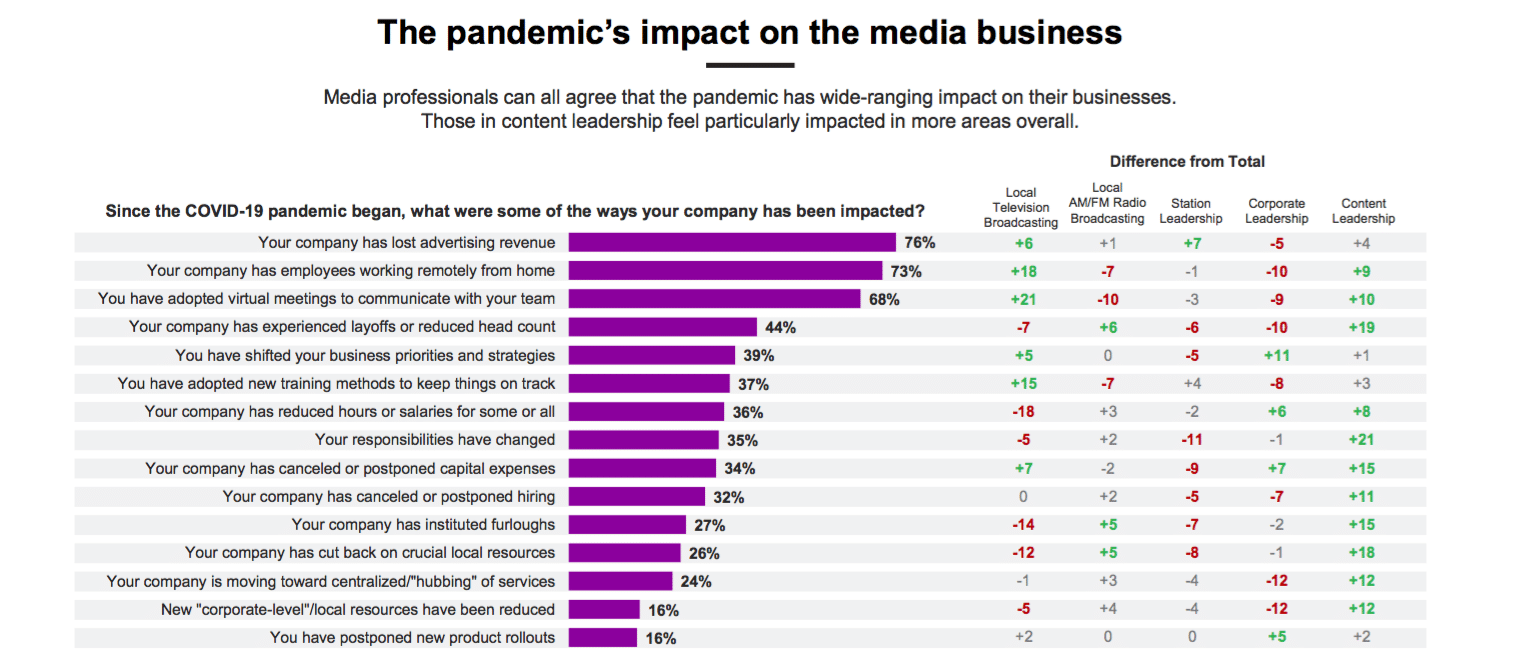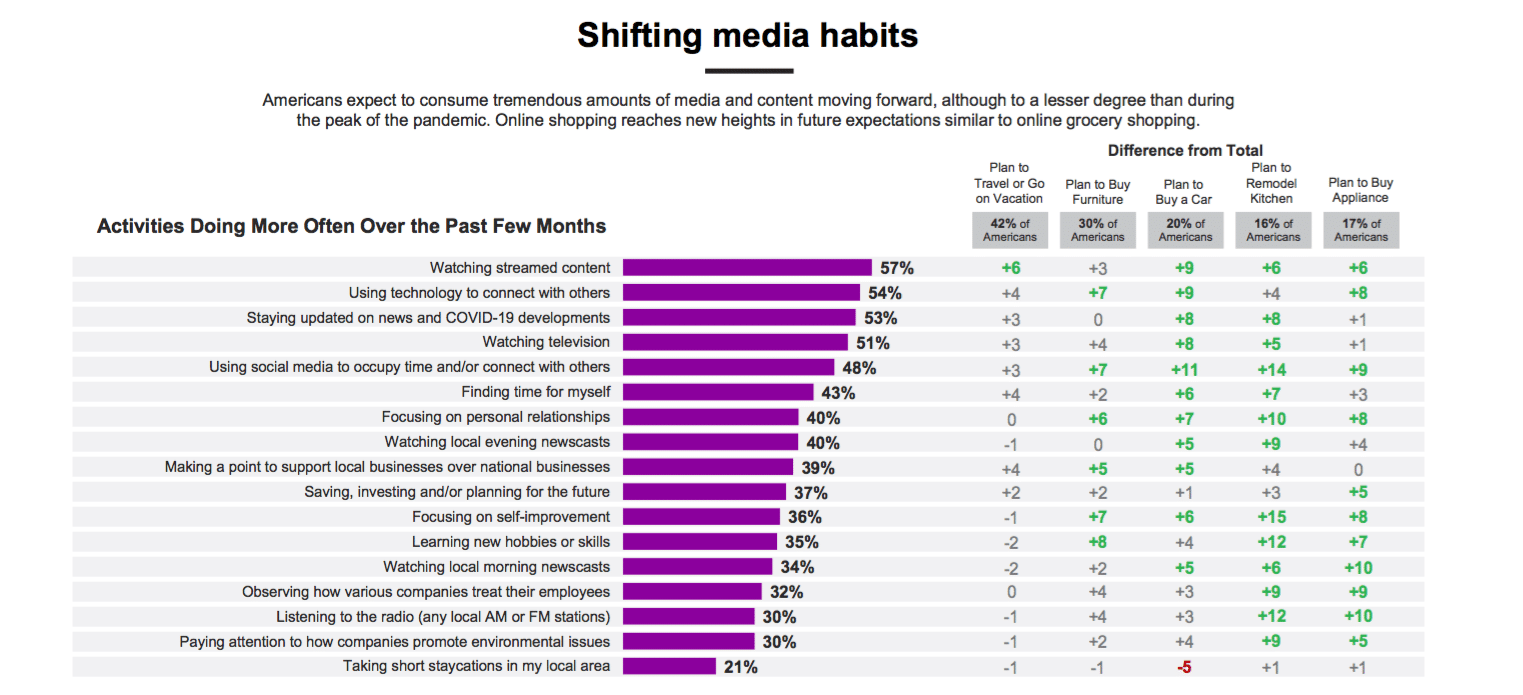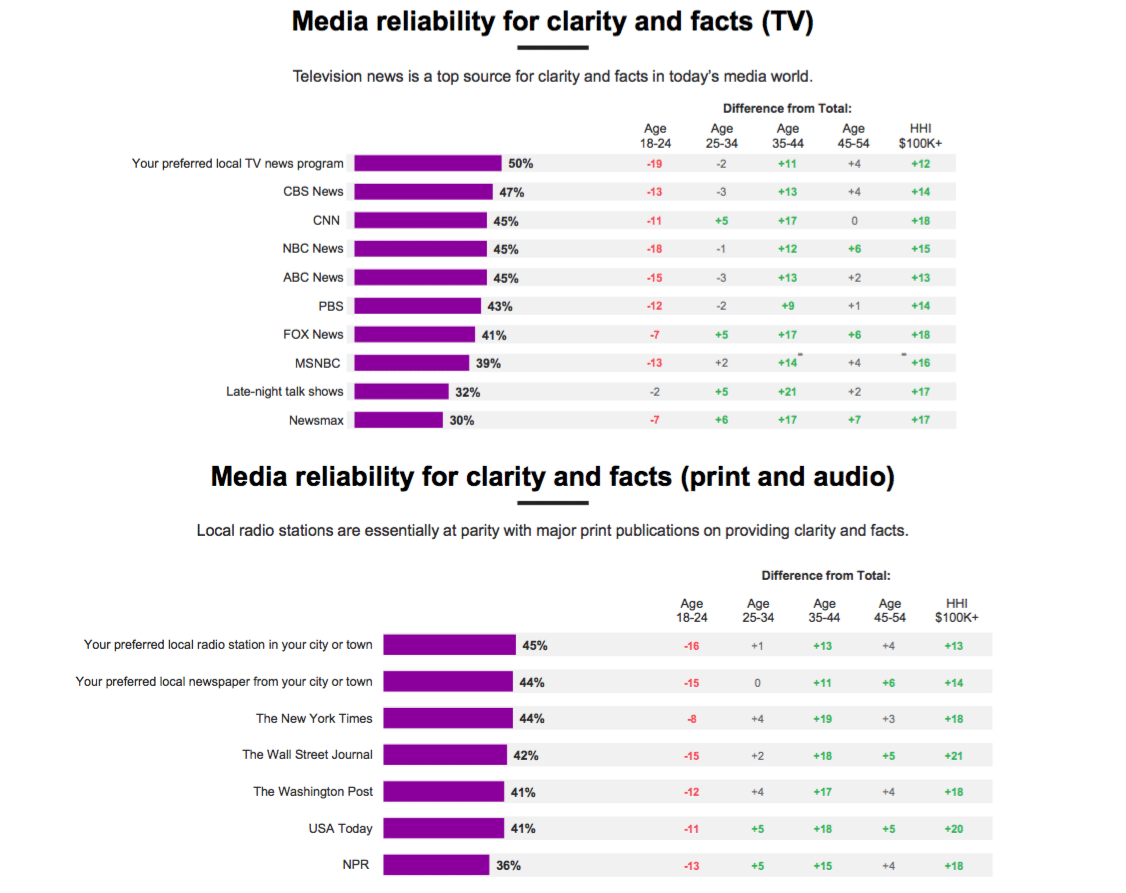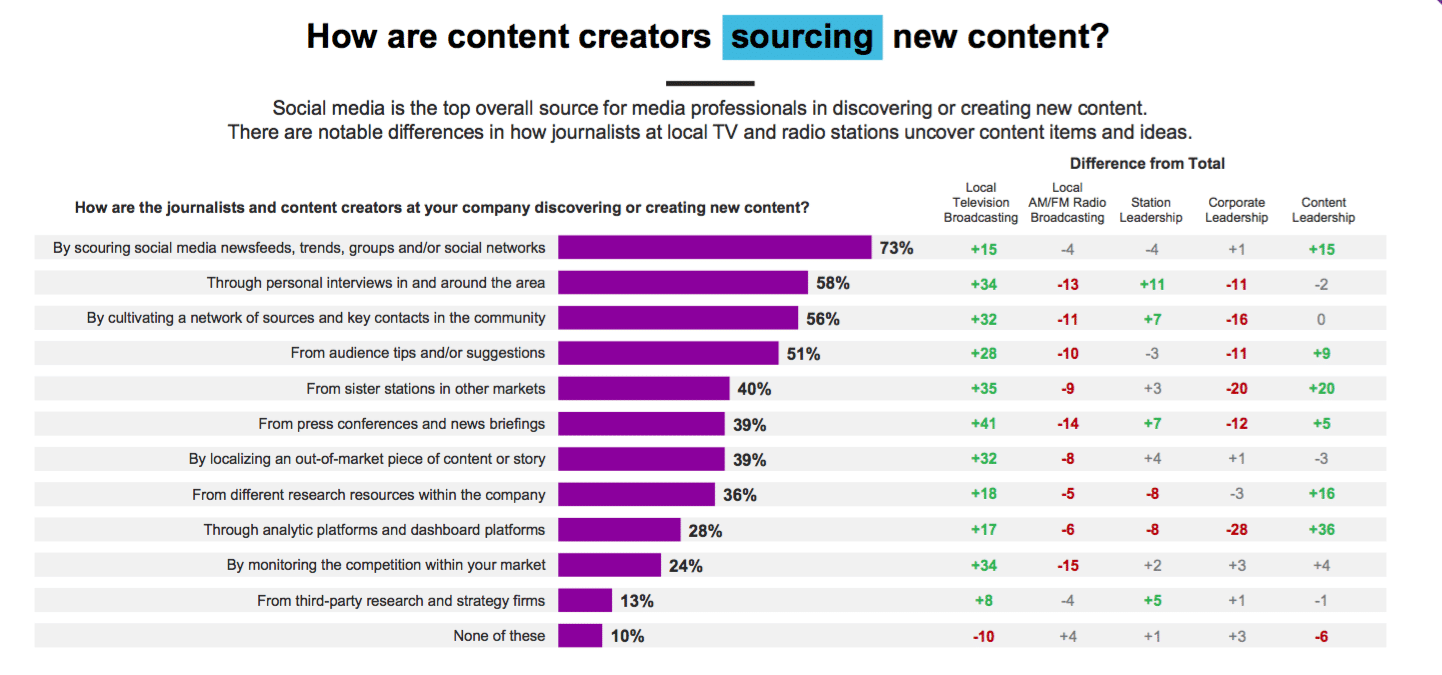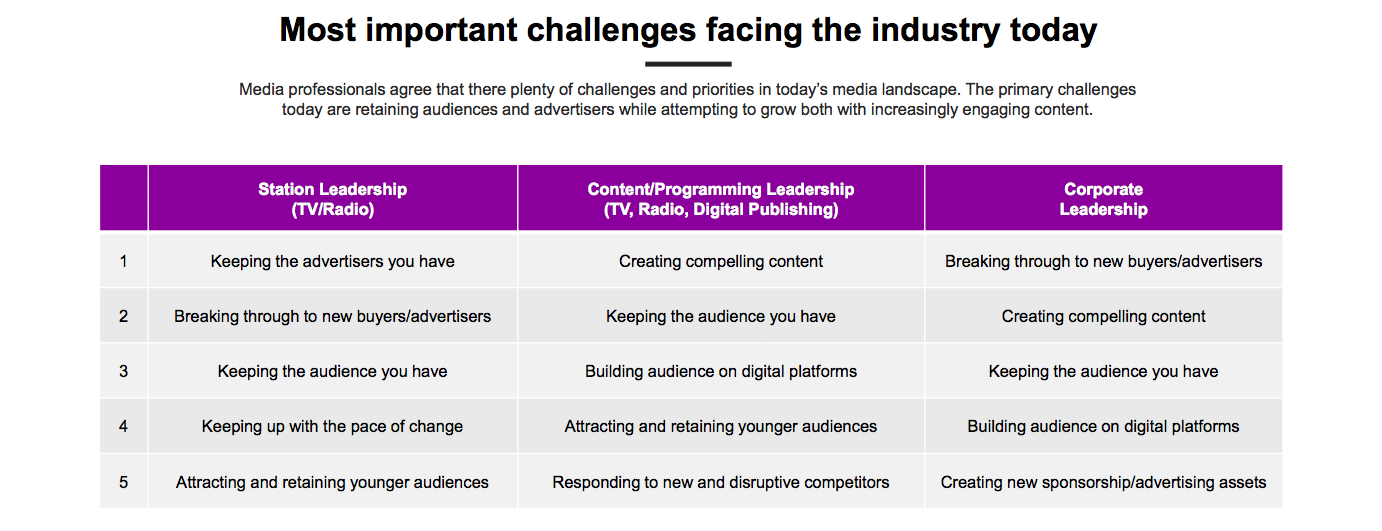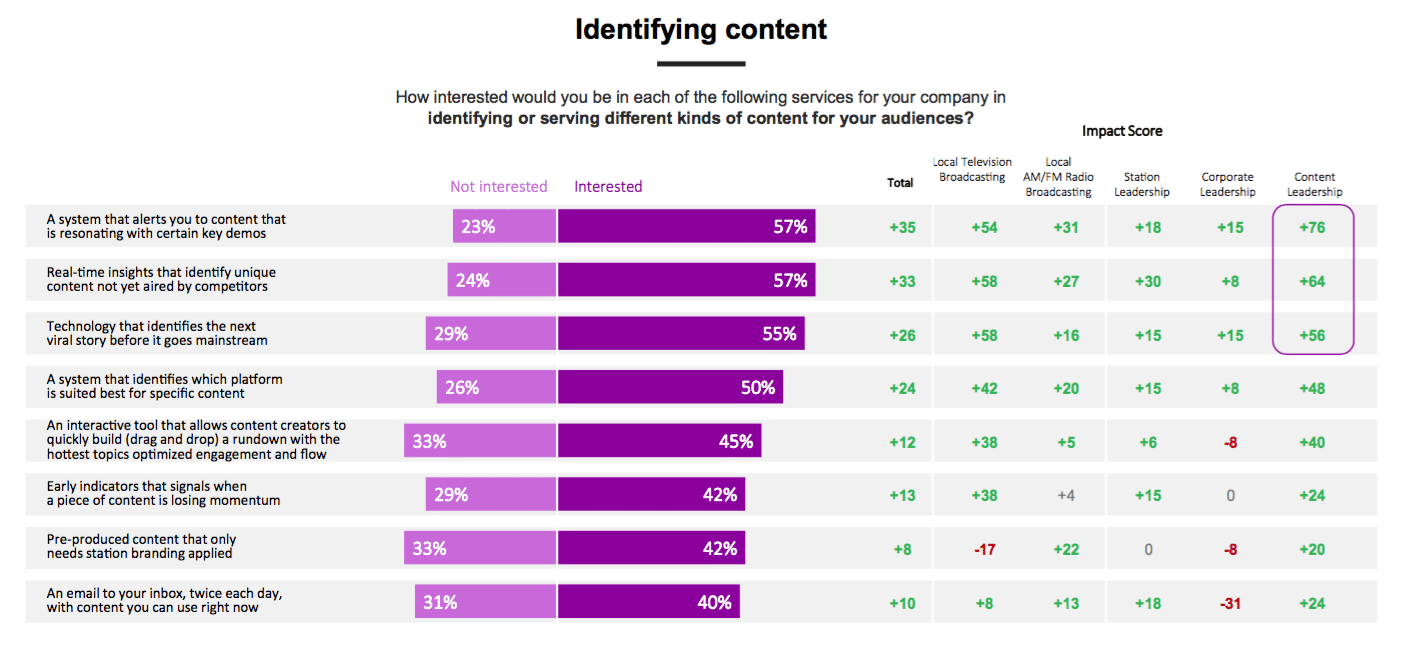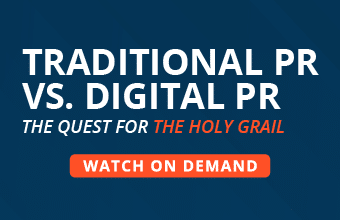Eye-opening new research reveals tectonic shifts in how Americans perceive, consume and pay for media content—showcasing new attitudes about media trust across a variety of media formats. The new study, from media-focused AI-driven audience engagement and sales intelligence firm Futuri, also offers media executives’ predictions for the sector and confidence in their ability to meet emerging challenges.
The study, conducted with research partners with SmithGeiger, explores five key verticals: TV; social media; digital publishing; radio; and Esports, sports and betting.
Some key findings include:
America’s insatiable appetite for content
Americans are voracious content consumers, with 41 percent consuming 10+ hours of content a week, amassing an average monthly cost in streaming bills of $45.
Audiences getting news outside of traditional channels
Forty-seven percent of Americans turn to Google every week for their news, flanked by Facebook (42 percent), YouTube (33 percent), Instagram and Twitter (both 28 percent). National newspaper websites (New York Times, Washington Post, Wall Street Journal, USA Today) capture only 19 percent of Americans.
Trust in media at all-time lows
A majority of Americans do not trust major TV outlets. Of the organizations analyzed (CBS, CNN, NBC, ABC, PBS, FOX, MSNBC and Newsmax), none were trusted by more than half the respondents, with credibility scores ranging from 30–47 percent. This decreased for young Americans to 23–34 percent.
Social leads as a source for pandemic-related news
Similarly, Americans are waning off mainstream TV for pandemic news. When analyzing the same outlets (CBS, CNN, NBC, ABC, PBS, FOX, MSNBC and Newsmax) to gauge where Americans go for COVID-19 updates, the major outlets ranged from 31–52 percent. In contrast, for pandemic news specifically Facebook grabs 64 percent of Americans, YouTube (61 percent) and other social platforms (TikTok, Snapchat and Instagram) reach 48 percent.
Journalists turning to social
A large majority (88 percent) of journalists and producers for local TV stations are using social media to source new stories and content for their readers.
Esports and gaming audiences, good targets for sports media
With sports betting legalized in more states, nearly two-thirds of Americans (61.5 percent) plan to bet on regular season, playoff or championship sporting events.
Media execs nervous about the future
Eighty-eight percent of media executives agree attracting and retaining talent is a priority, but only 56 percent feel confident in the industry’s ability to do it. Similarly, 85 percent agree it’s important to attract younger audiences, but only 47 percent feel confident in the industry’s ability to do so.
Broadcast radio remains resilient
A majority (65 percent) of HHI $100k+ Americans depend on radio for their pandemic news, demonstrating the medium’s importance for updates on COVID-19.
“This study reveals tectonic shifts in how media is being produced, perceived, consumed and purchased across all levels of society and media, from streaming to TV, social media, digital publishing, radio and more,” said Daniel Anstandig, CEO of Futuri Media, in a news release. “The message is very clear to media executives: now is the time to accelerate innovation to keep pace with media’s evolution, or risk being left behind.”
The study also explored sectors such as self-driving cars, 5G, broadcast and streaming radio, music streaming, Esports and more.
Download the full report here.
The study polled more than 2,000 Americans between the ages of 16 – 74 and nearly 200 media executives across the country specializing in TV, radio or digital publishing. Focus groups were also conducted with 100+ media consumers. The study polled an accurate depiction of America across age groups, employment, income and education, as well as an accurate reflection of the media industry based on age, gender, properties and experience levels.


